Project Category: Electrical
Join our presentation
About our project
This project is to develop a means of gamma radiation detection that is housed within a 20mm diameter x 16.6mm height enclosure while providing as much information regarding the source of gamma radiation as possible. It was particularly designed to be compatible with Blackline Safety’s G7 cartridges.
The device consumes low power and communicates via commonly used electronic communication protocols. Created from commercially available means of gamma-ray detection, signal conditioning, and a stand-alone microcontroller, this detection system can be used as a portable and robust means to detect any hazardous, radioactive sources from any direction.
Cost = $384
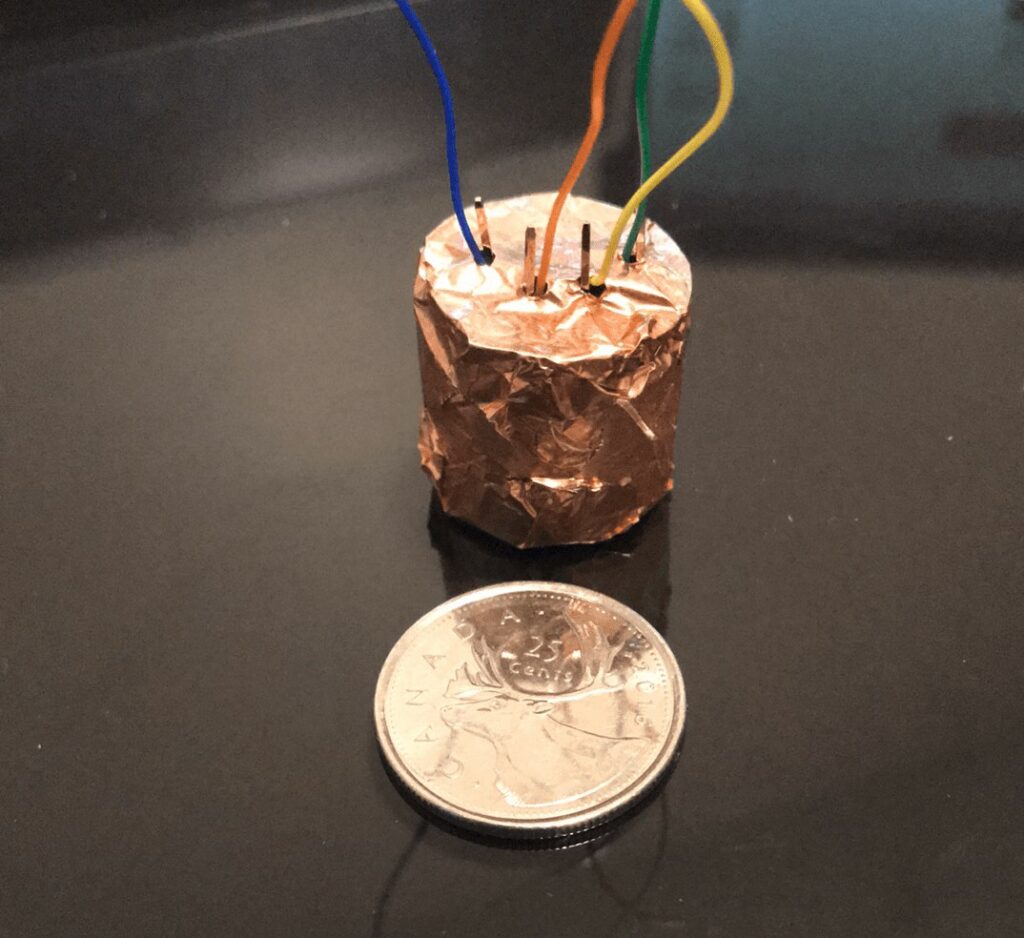
Meet our team members
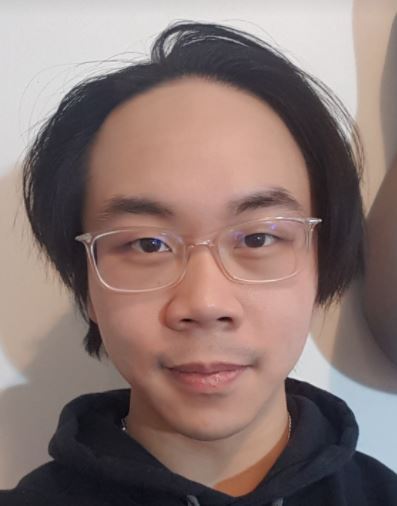
Project Manager
ENEL student with Biomedical specialization. Interested in design and circuit implementation,
with previous experience using Altium Designer and Python.
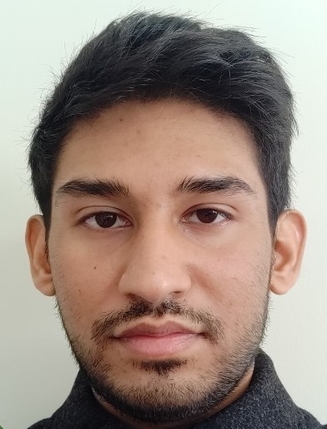
Software Design Lead
ENSF student, took the role to become familiar with software in an embedded environment.

Electrical Design Lead
ENEL student eager to learn more about PCB and electrical design, taking on a key role for the electrical design aspect of the project.

Integration and Testing Lead
ENEL student with an interest in power systems and embedded software
applications. With previous experience in LTSpice, Eagle PCB.
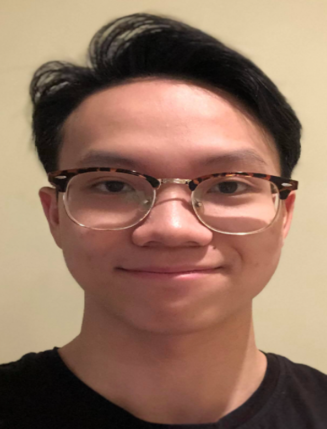
Support/Flex
ENEL student interested in overcoming engineering challenges using the knowledge and experience from the 4 years taking electrical engineering.
Details about our design
HOW OUR DESIGN ADDRESSES PRACTICAL ISSUES
Our design provides a practical solution to a portable gamma radiation detector. Some workers are exposed to dangerous gamma rays that are easily avoided with a detector that is always on them. The solution is a 16.6mm height and 20mm diameter cartridge that will communicate with the handheld Blackline uPy G7. The device can detect gamma rays and alert the user when they are in proximity to hazardous, radioactive materials. The workers will be able to use this device to prevent prolonged exposure to radioactive materials.
WHAT MAKES OUR DESIGN INNOVATIVE
Our design incorporates the stacking of 2 double-sided circular PCBs. The first PCB being the detector board, houses the voltage booster, which has been carefully tested to output 30V, which has been shielded using a custom-made EMI shielding to prevent any electromagnetic interference from the voltage booster. This output is used to reverse bias the photomultipliers. We also explored the design to tile four photomultipliers to cover as much surface area as possible on the PCB. The detector PCB is laid right below the cylindrical LYSO scintillator and then stacked with the second PCB, the microcontroller board, which houses the microcontroller, peak detector, and voltage regulator. A USB connection has been added to this PCB to program the microcontroller, which can be unsoldered from the PCB once it is programmed. This design has been designed to be housed within a 20mm diameter and 16.6mm height enclosure to fit the G7 device, ensuring gamma-ray detection with the largest sensitive area possible.
WHAT MAKES OUR DESIGN SOLUTION EFFECTIVE
Using a LYSO scintillation crystal coupled with four-tiled silicon photomultipliers, our design can detect gamma radiation at an efficiency comparable to other scintillation detectors and even Geiger Muller counters. After an incident gamma photon is converted to a smaller, detectable wavelength by the scintillator, it strikes the photomultipliers and generates a small electrical signal before being noise filtered and amplified. This signal is then detected and analyzed by an onboard microcontroller. The microcontroller performs dosage and counts calculations before converting it to a message signal that is sent to the main G7 device. After performing message integrity checks, the G7 can continue to request data from the sensor and displaying it on its LCD screen for the user to view.
HOW WE VALIDATED OUR DESIGN SOLUTION
We validated our design solution through tests with low-activity, gamma-emitting radioactive sources (0.5 – 1 uCi). The results of our tests show that we can detect emitted gamma-rays from a Cesium-137, Barium-133, and Cobalt-60 source. The detector’s detection efficiency is highest for Cesium-137, which is a common product of nuclear fission. We detect about 1 in every 400 photons that pass through our detector.
Our device also provides an equivalent dose rate for personal and area monitoring. The dose rate helps track the radiation dose absorbed by anyone wearing the device. We also validated our dose readings with a commercially available radiation detector.
FEASIBILITY OF OUR DESIGN SOLUTION
Our solution can allow Blackline Safety to monitor the relative radiation levels in an environment in the form of counts per second (how many “ticks” the sensor detects in a second) and dose rate. This can be calibrated to account for the ambient radiation in the environment and thus be used to detect when an employee enters an unusually high radioactive zone.
Blackline Safety may choose to pursue this endeavor further and incorporate it into their official product line. To do this, they must perform further research and development regarding the design choices for this project and verify if the project meets company safety guidelines and operation standards. Additionally, it will be necessary for Blackline to modify the sensor’s firmware. It was written specifically to work with a modified G7, not the commercially sold G7, because this solution is intended to be completely housed within the 4-Series gas sensor enclosure. It could be made compatible with other gas detection devices that use this sensor, other than those of the Blackline lineup.
Partners and mentors
We want to thank the many people who helped us with this project. Our industry sponsor, Blackline Safety, for the opportunity to do the project. Blackline employee Jon Samuelson for his support throughout the project. Our academic advisor, Dr. Leonid Belostotski, for his technical advice. Our informal advisor, Wesley Ernst, provided us with safe radioactive sources to test the detector. We would also like to thank our TA, Thomas Truong, for his support with the capstone course.

Our photo gallery
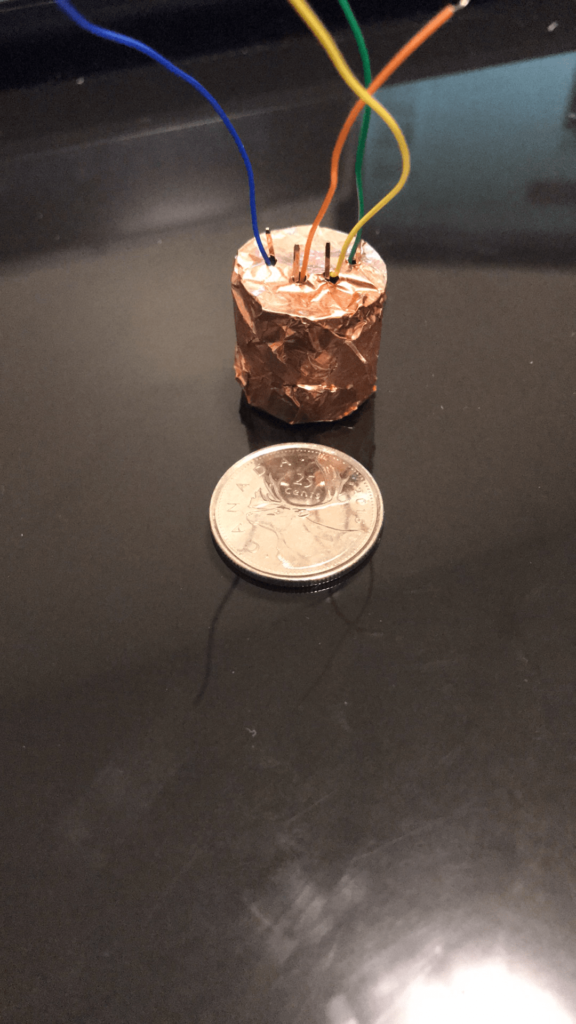
2nd Prototype 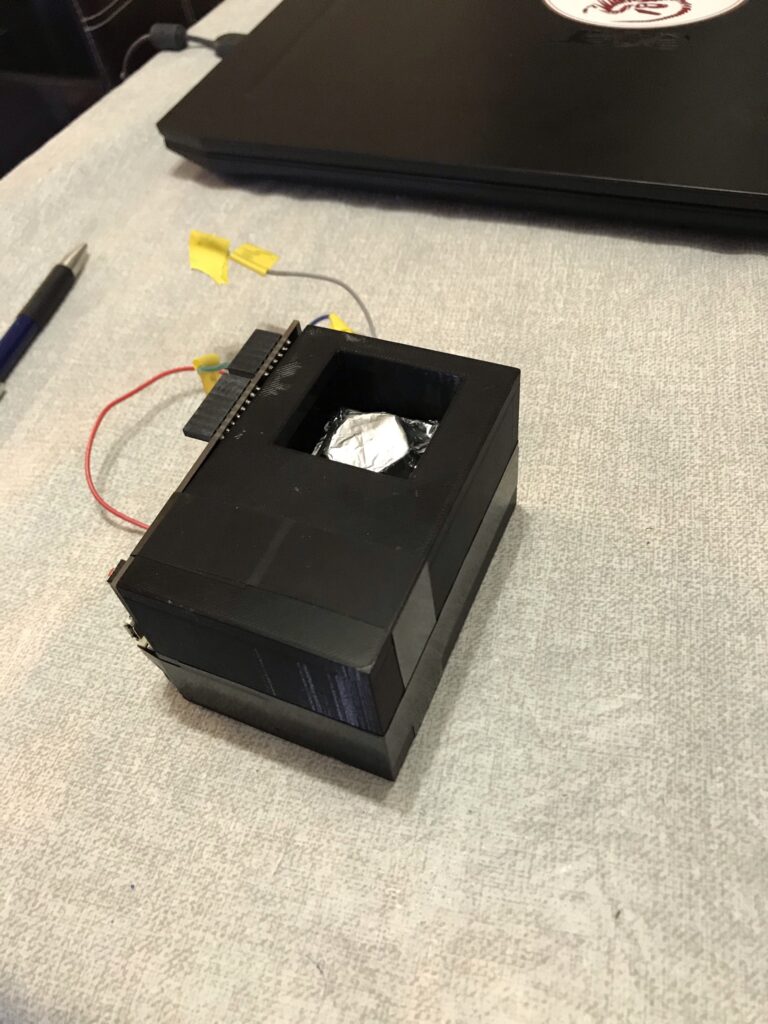
1st Prototype
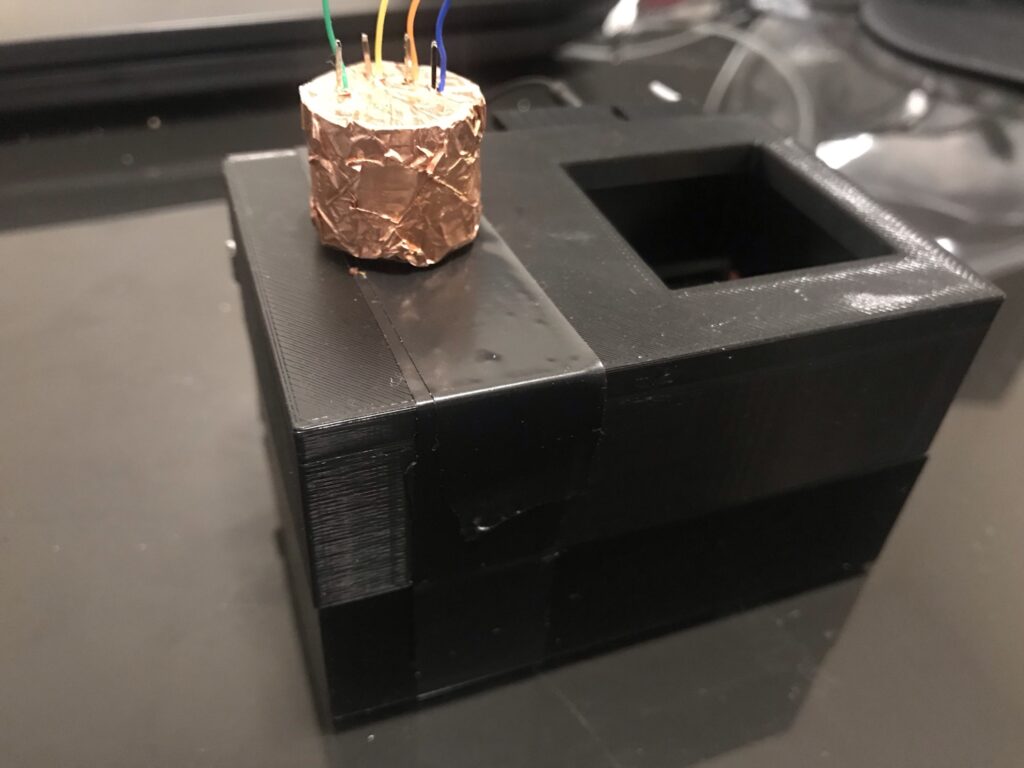
1st and 2nd Prototype 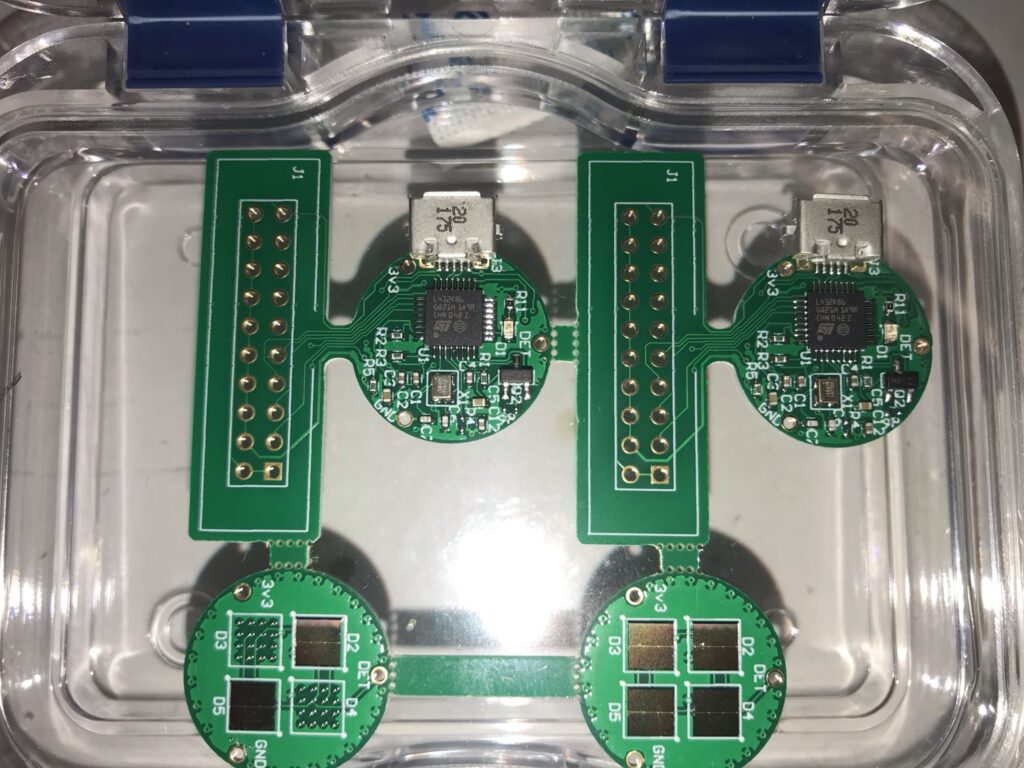
2nd Prototype PCB 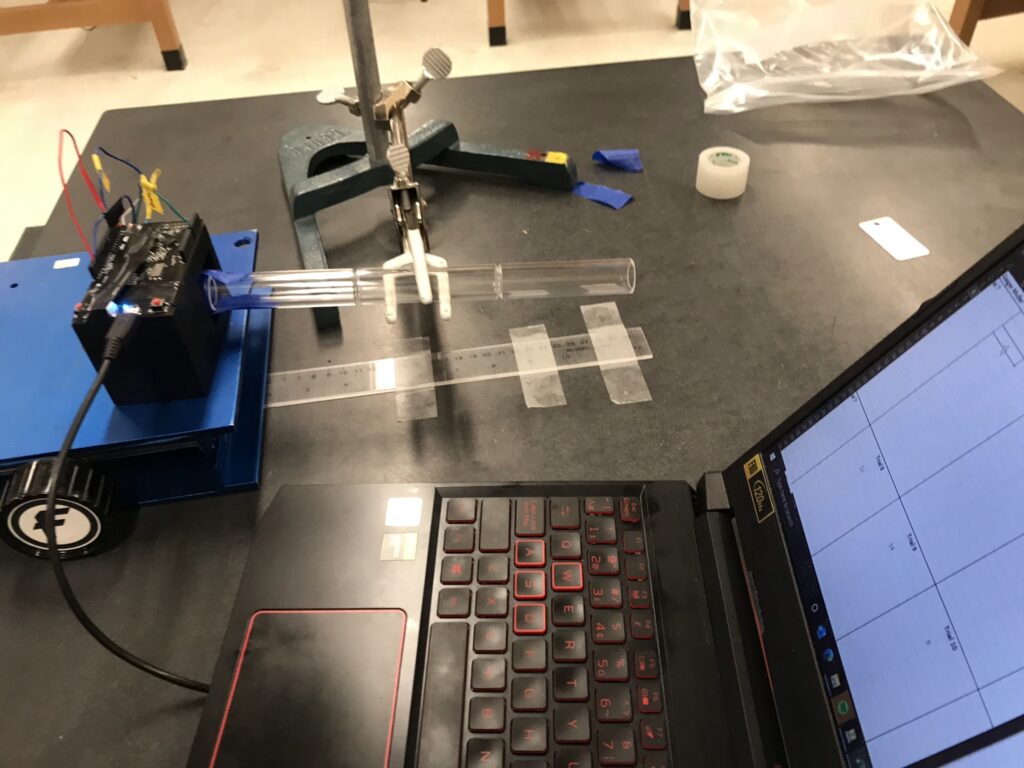
Test Setup
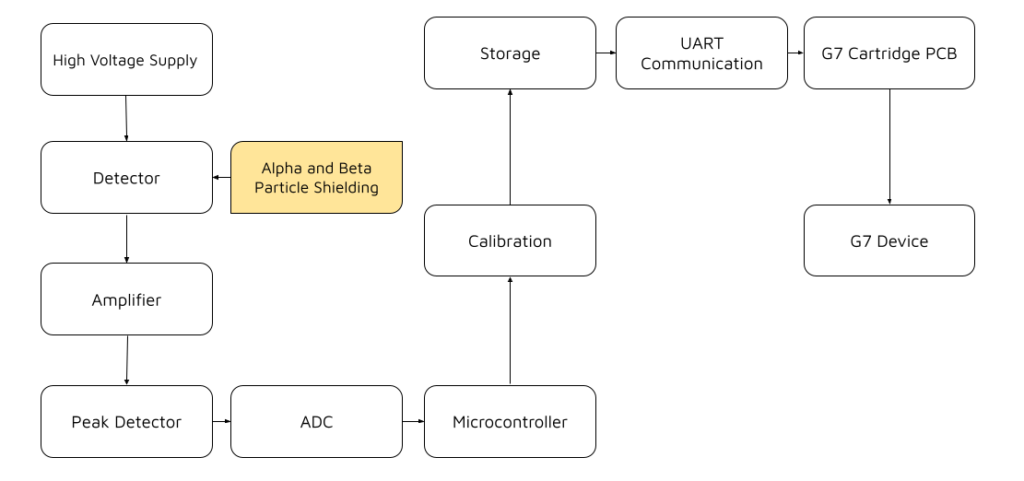
Block Diagram 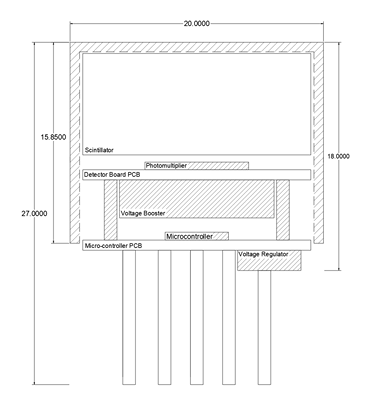
2nd Prototype Enclosure CAD
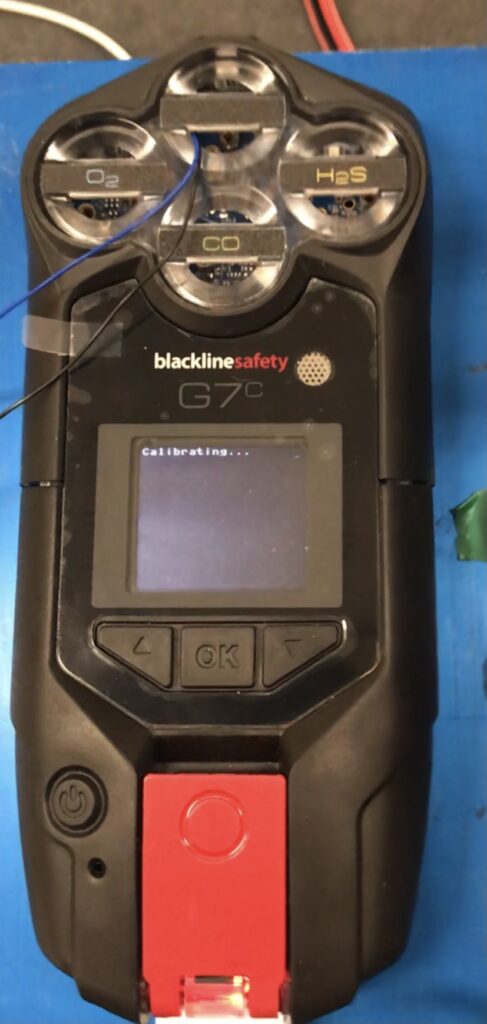
Data Calibration 
Data Output

Detector PCB (bottom) 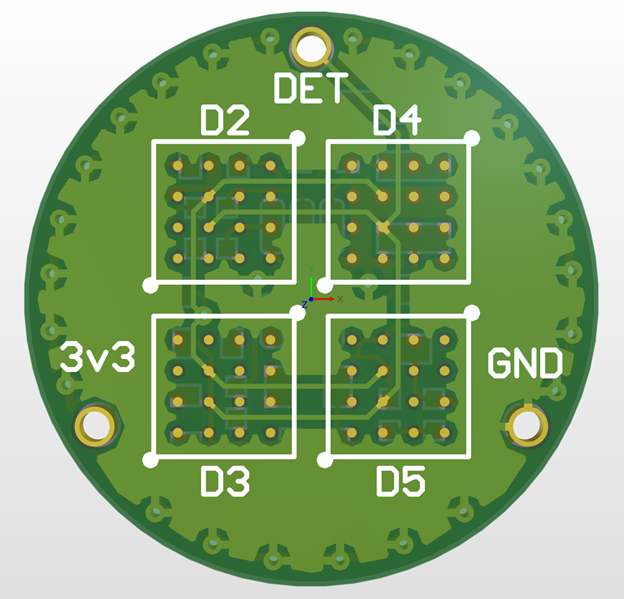
Detector PCB (top) 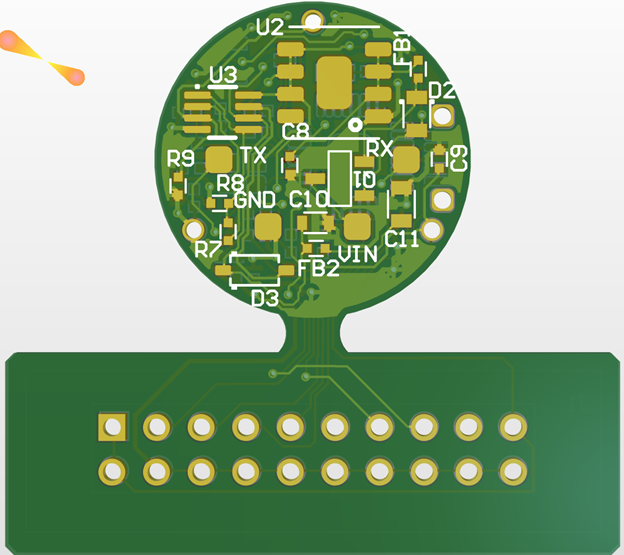
Microcontroller PCB (bottom) 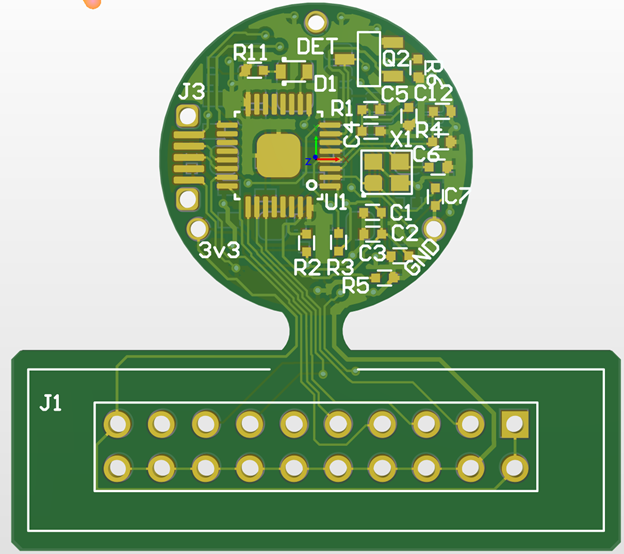
Microcontroller PCB (top)
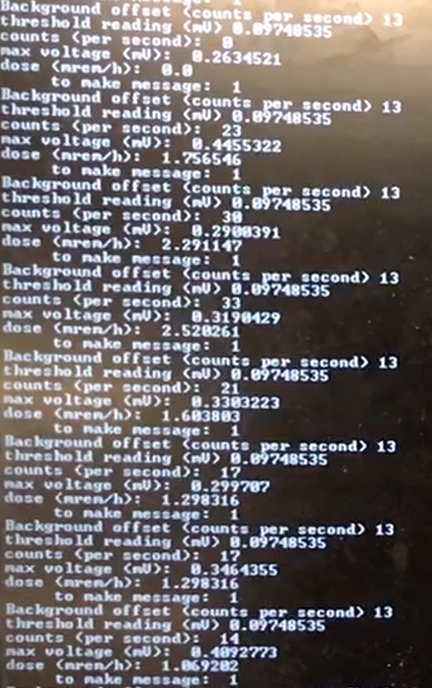
Datastream 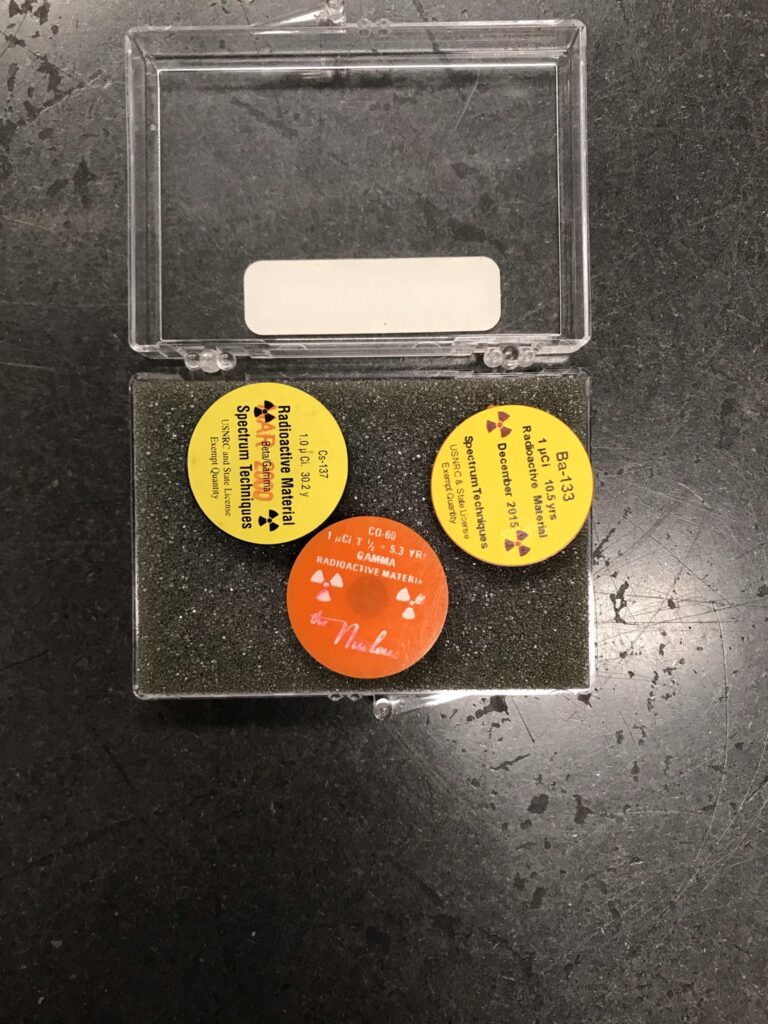
Radioactive Sources used for Testing
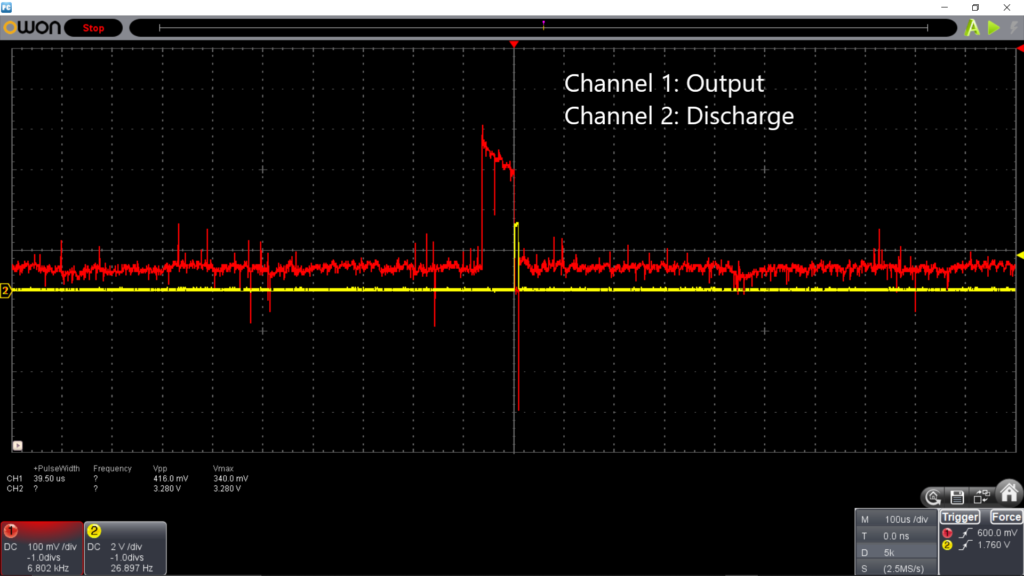
Peak Detection 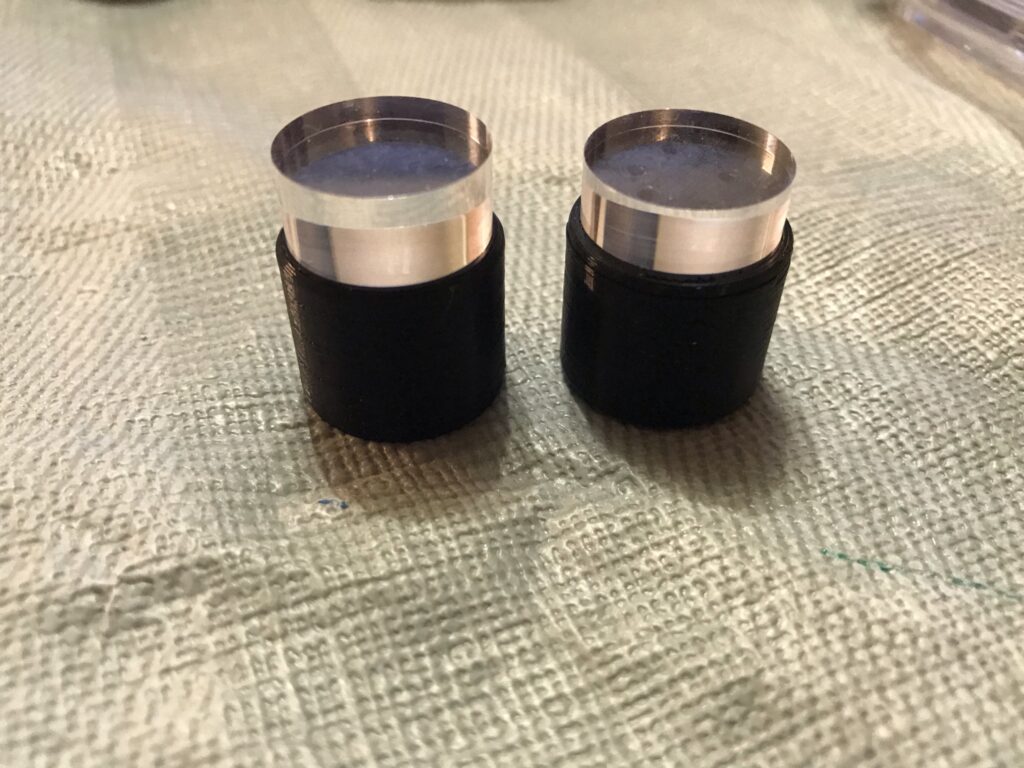
Scintillator Crystals
